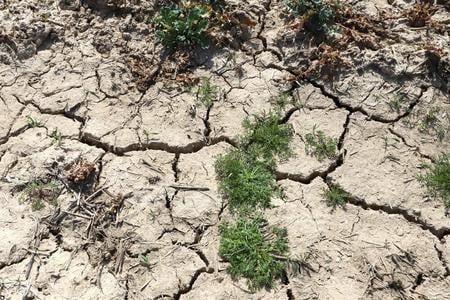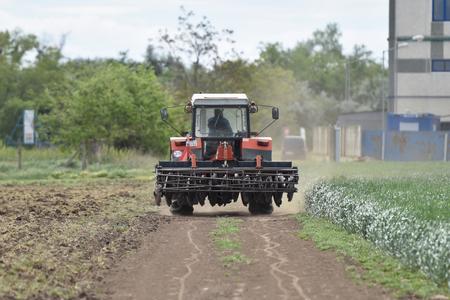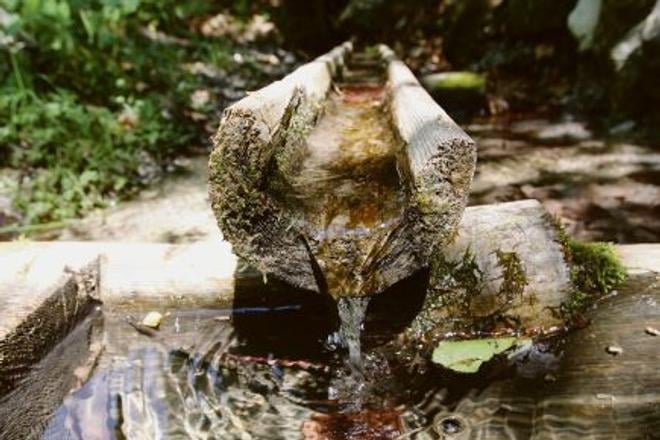As much as two-thirds of water in Slovakia evaporates every year.
The results were presented by hydrologists from the Slovak Academy of Sciences (SAV) on the occasion of the World Day to Combat Desertification and Drought. They measured the changes in precipitations, water flows and evaporation. The balance among them impacts the supplies of drinkable water, the navigability of rivers and the supplies of industrial water.
“We can very simply say that one-third of water that falls in Slovakia in the form of precipitation is taken by the rivers and the remaining two-thirds vaporise,” said Pavla Pekárová of the SAV’s Institute of Hydrology, as quoted by the TASR newswire.
Lack of water may be problem
The measurements show that the water balance in Slovakia has been changing since 2000. Although recent years have been rich in precipitations, the flow rates of rivers keep dropping.

“It may seem that there is less rain in past years, but the average annual total precipitation in Slovakia has been increasing since 1996,” Pekárová said, as quoted by TASR. “The problem is that the precipitation in Slovakia is not equally distributed in time and space.”
The country has dry and wet areas. At the same time, historical data suggests that there were drier periods in the past, like in the 1960s.
“If dry years occur today, there may be a lack of water in some regions due to the higher air temperature and higher evaporation,” Pekárová added, as quoted by TASR.
Most water used by industry

About 670 million cubic metres of water is used in Slovakia annually, of which 48 percent is underground water from wells and drill holes, and 52 percent is surface water from reservoirs and water flows.
52 percent of water is used by the industry, 43 percent by inhabitants via public water piping, and 5 percent by agriculture, TASR wrote.



 Illustrative stock photo (source: SME)
Illustrative stock photo (source: SME)